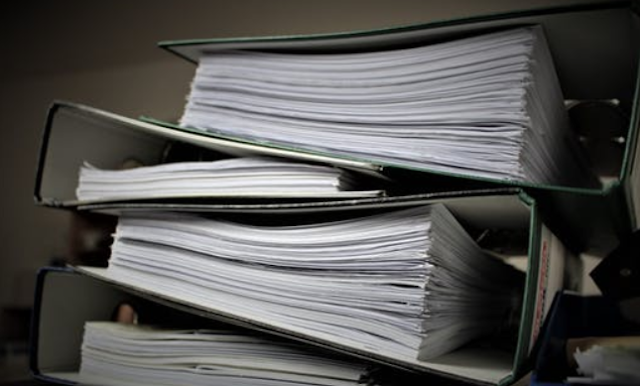The Producer
The job of a patent is to protect an invention and create business value. The job of a patent professional is to help draft the patent application to maximize this value. They can do this by making sure the invention is explained as clearly as possible through words and figures. They can also do this by reasonably broadening the invention (for example, if the invention pertains to a glass, can it also pertain to a mug? a jug? any other liquid container?).
Another way patent professional can add value is by using their creativity to help the inventor springboard their idea to new levels, similar to how a music producer helps a musician take their songs to new heights. Often, inventors (engineers, designers, etc.) suffer from tunnel vision: they becomes focused on a single aspect of their invention. This may serve them well when they are focused on a specific product geared towards a specific function with a specific deadline. That’s where a patent professional can help them broaden their horizon by focusing on the hidden layers of the invention and by trying to pry out potential synergies.
They can help expand concepts while taking advantage of all the resources available to them: what all was being done in the prior art? What were the factors that were being considered in the prior art? What was the context of the invention in the prior art? If the patent professional came across inventions in other art that have a similar base concept, there may be features or trends learned there that could be applied to the current invention.
Consider an invention where a gas turbine is being transitioned from using one fuel to another fuel. Maybe the inventor has focused on the general idea of transitioning in a step-wise manner to reduce disturbances. The patent professional can then delve into the layers of this invention. How many steps are to be used? What is each step size based on? Is each step the same size or do they increase/decrease over time? Is the increase/decrease linear or non-linear? What is the rate at which steps are applied? What parameter would the step affect to cause an engine disturbance? Would that parameter be different for one type of aircraft or another? Would that parameter be different if the turbine was in a conventional aircraft versus a hybrid-electric aircraft?
In essence, the patent professional can use the patent drafting exercise as an excuse to engage in a mini-brainstorming session with the inventors. They can ask the right questions, or even hazard a guess. The latter approach is a win-win…if they guess it right, everyone is happy that the invention was correctly understood. If they guess it wrong, the inventors will fix it, allowing the patent professional to gain a better understanding of the thought process…something that they can use when the next invention comes along.
Another way patent professional can add value is by using their creativity to help the inventor springboard their idea to new levels, similar to how a music producer helps a musician take their songs to new heights. Often, inventors (engineers, designers, etc.) suffer from tunnel vision: they becomes focused on a single aspect of their invention. This may serve them well when they are focused on a specific product geared towards a specific function with a specific deadline. That’s where a patent professional can help them broaden their horizon by focusing on the hidden layers of the invention and by trying to pry out potential synergies.
They can help expand concepts while taking advantage of all the resources available to them: what all was being done in the prior art? What were the factors that were being considered in the prior art? What was the context of the invention in the prior art? If the patent professional came across inventions in other art that have a similar base concept, there may be features or trends learned there that could be applied to the current invention.
Consider an invention where a gas turbine is being transitioned from using one fuel to another fuel. Maybe the inventor has focused on the general idea of transitioning in a step-wise manner to reduce disturbances. The patent professional can then delve into the layers of this invention. How many steps are to be used? What is each step size based on? Is each step the same size or do they increase/decrease over time? Is the increase/decrease linear or non-linear? What is the rate at which steps are applied? What parameter would the step affect to cause an engine disturbance? Would that parameter be different for one type of aircraft or another? Would that parameter be different if the turbine was in a conventional aircraft versus a hybrid-electric aircraft?
In essence, the patent professional can use the patent drafting exercise as an excuse to engage in a mini-brainstorming session with the inventors. They can ask the right questions, or even hazard a guess. The latter approach is a win-win…if they guess it right, everyone is happy that the invention was correctly understood. If they guess it wrong, the inventors will fix it, allowing the patent professional to gain a better understanding of the thought process…something that they can use when the next invention comes along.




